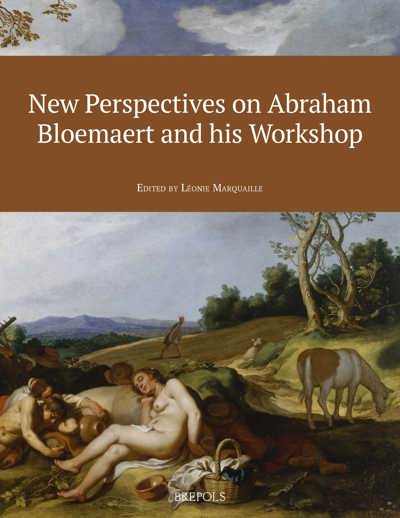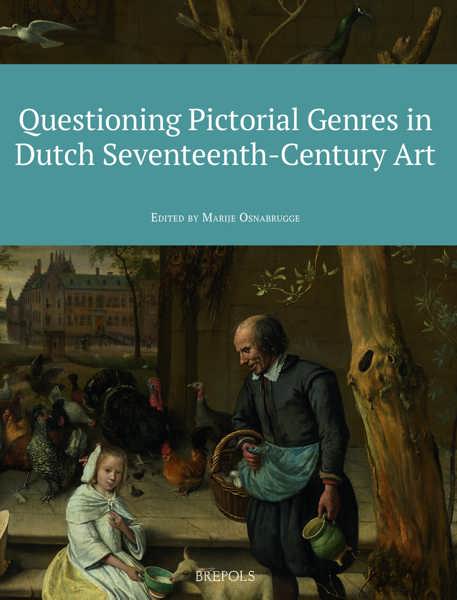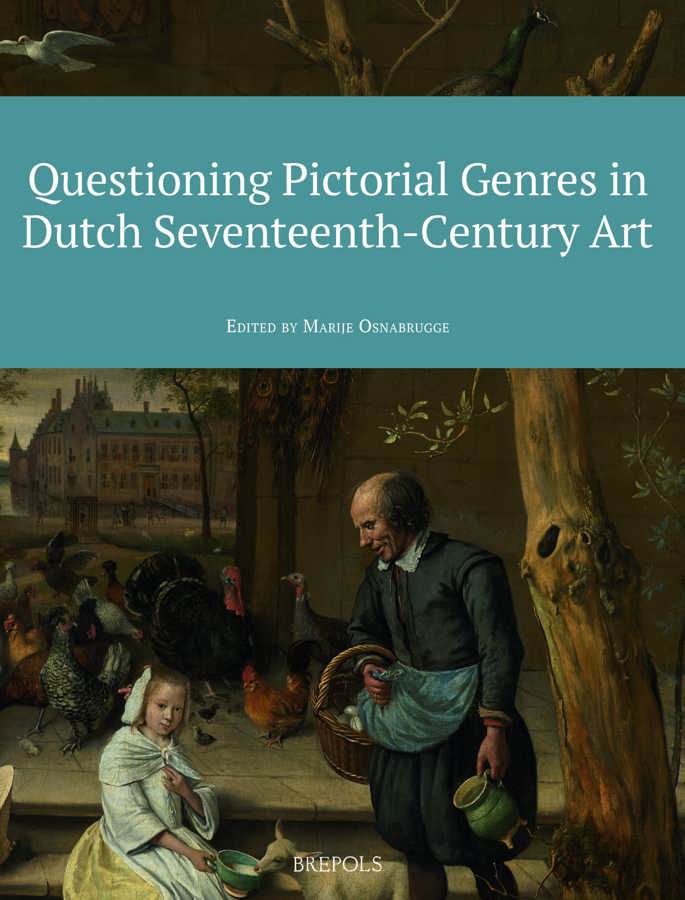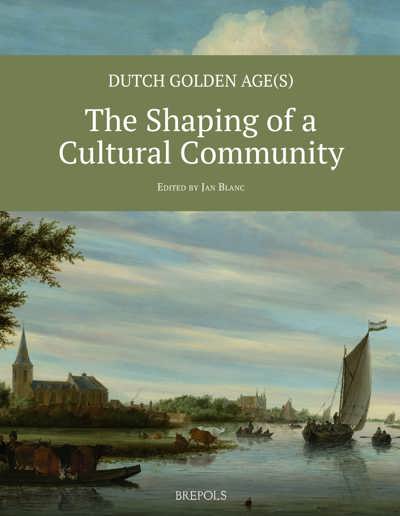
Questioning Pictorial Genres in Dutch Seventeenth-Century Art
Definitions, Artistic Practices, Market & Society
Marije Osnabrugge (ed)
- Pages: 402 p.
- Size:216 x 280 mm
- Illustrations:130 col., 19 tables b/w.
- Language(s):English
- Publication Year:2021
- € 135,00 EXCL. VAT RETAIL PRICE
- ISBN: 978-2-503-59624-2
- Paperback
- Available
This volume embraces the complex and often messy reality of pictorial genres in seventeenth-century Dutch art, by examining how they were defined by artists, theorists, audiences and art historians, how they were part of artistic practices and developed within a specific societal and economic context.
Marije Osnabrugge is researcher at the University of Geneva. Her research focuses on mobility and exchange, art theory, and artistic practices of the early modern period in the Netherlands and Italy. She studied at Utrecht University (BA, ReMA) and the University of Amsterdam (PhD, 2015) and held a postdoctoral position at the University of Montpellier. Her latest publication is Roma 1629: una microstoria dell’arte (2021), edited together with Jan Blanc.
Church interiors, cortegaerdjes, scenes of everyday life, tronies, landscapes, spoockerijen, group portraits, bambocciate, hunting scenes, history paintings, sottoboschi, still lives and many other subjects: the wide variety of pictorial genres and sub-genres in which Dutch artists specialized is a key component in our perception of Dutch seventeenth-century art. Yet the epistemological framework constituted by genre definitions, conventions and hierarchies is far from self-evident, nor does it necessarily reflect how people in the seventeenth-century thought about artworks. In fact, art literature of the period is largely silent on these matters and artists do not appear to have followed an established set of principles.
This volume examines the way pictorial genres can be, and have been, defined by artists, theorists, audiences and art historians; how individual artists conceived the subject matter of their artworks; and how society and the art market contributed to the development of certain subjects. As such, it embraces the complex and often messy reality of pictorial genres in seventeenth-century Dutch art.
Questioning Pictorial Genres in Dutch Seventeenth-Century Art: Introduction
Marije Osnabrugge (University of Geneva)
I. Defining genre
The So-Called Hierarchy of Genres in Seventeenth-Century Dutch Art Theory
Jan Blanc (University of Geneva)
Spotting Specialists: A Digital Approach to Contemporary Concepts of Genre and Specialisation
Weixuan Li (University of Amsterdam / Huygens – KNAW)
The Seventeenth-Century Dutch Portrait: An Unstable Genre
Ann Jensen Adams (UC Santa Barbara)
The Bambocciata: Investigating a "Would-be genre"
Suzanne Baverez (ENS ULM/EPHE, Paris)
From Genre Scenes à l’antique to genre sérieux : the Contribution of Gerard de Lairesse
Tijana Žakula (Utrecht University)
Definition through Appreciation: The Corporate Group Portrait from the Seventeenth until the Twenty-First Century
Norbert Middelkoop (Amsterdam Museum)
II. Artists and Genres
Guns and Roses: Versatility and Variety in the Oeuvre of Jacques de Gheyn
Susanne Bartels (University of Geneva / RKD The Hague)
Otto Marseus van Schrieck and the Sottobosco Paintings: Hybrid Subject as a form of Automimesis.
VE. Mandrij (Unversity of Konstanz)
Rembrandt as Genre and History Painter: Picturing Pain
Stephanie Dickey (Queen’s University, Kingston)
Defining the Hybrid Genre in the Context of Saenredam’s Perspectives
Helen Hillyard (Dulwich Picture Gallery, London)
The ‘Little Street’ – Vermeer’s Writing on the Wall
Reindert Falkenburg (NYU Abu Dabi)
III. The Market and Society
The Dominance of History Painting: Social Class and Subject Matter of Paintings in Amsterdam, 1650-1700
Angela Jager (University of Geneva)
Rethinking Swanenburg: The Rise and Fortune of New Iconographies of the ‘Hell’ in Italy and the Northern Netherlands
Tania De Nile (MiBAC, Rome)
La Scène de Corps de Garde comme Autoreprésentation
Léonard Pouy (Haute École de la Joaillerie, Paris)
Honour and Shame in Dutch Seventeenth-Century Art and Culture
Wayne Franits (Syracuse University)


